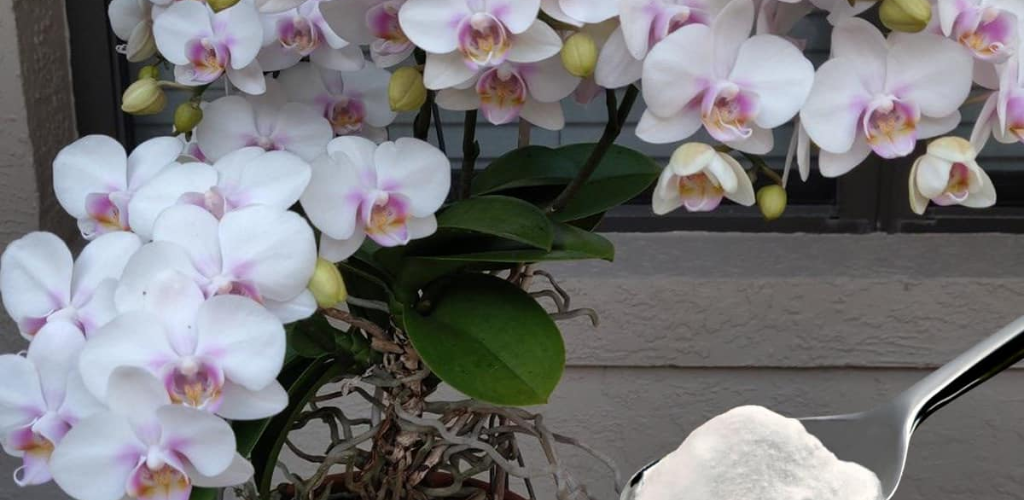The florists’ secret to having very flowering orchids
If you also like orchids , you will surely have bought one, or received it as a gift, and helplessly witnessed the loss of its wonderful flowers . Orchids are as beautiful as they are difficult to care for, but how do florists manage to have orchids that are always in bloom?
In reality there is no specific trick, or a magic formula, but a set of care and precautions that are fundamental to having a healthy plant and, consequently, full of flowers .
As general premises, we must take into account that, in general, orchids do not accept direct exposure to sunlight. They don’t do well outdoors either, especially in places subject to temperatures that can drop below 15°C and rise above 30°C, and in environments that are too dry.
It is also important to know that orchids flower in spring, after the winter rest period. If we have an orchid without flowers during the winter, we have to wait. If we buy a plant that flowers during the winter, it is certain that it comes from a greenhouse with artificial conditions and that the home environment will therefore suffer.
In any case, if we have an orchid without flowers and we want to make it bloom , we must follow the precautions we suggest below.
1. Find a well-lit place
Most orchids love lit corners, but without direct sun. The more ambient light, the more likely they are to flower during the next active period. The ideal place is near a window.
2. Maintain proper substrate humidity
Orchids are generally marketed with a pine bark substrate, as their roots need excellent drainage and minimal chance of waterlogging. They are tropical, parasitic woodland plants that grow on trees and live off environmental humidity. They need a lot of humidity but not a wet substrate.
During the winter they should be watered little, but if the climate is dry and if we have the heating on, it should be done more frequently (never more than once a week).
Look at the container against the light, if the humidity of the substrate is still visible, it should not be watered. If, on the contrary, it is dry, we will add water, always distilled.
In very dry places it is best to put a humidifier, or spray water on the orchid leaves every day. It is also good to avoid placing the plant in places that are too humid, such as very busy bathrooms.
3. Fertilize frequently
The flowering of the orchid requires a specific fertilizer for this type of plant, which we can find in specialized shops. Without fertilizer, flowering is unlikely. It is usually marketed in the form of a liquid, to be added to watering water.
The orchids that come from the greenhouses are already abundantly fertilized, but after a few months we must start caring for them also using a fertilizer.
4. Ensure adequate temperature contrast
To flower, orchids need an excellent temperature contrast in the weeks before the arrival of spring. Usually this contrast is around 10°C between the nighttime minimum and the daytime maximum, always respecting the limits of 15°C and 30°C.
To obtain the correct temperature, you can also move the plant within 24 hours from a warmer place to a cooler one.
